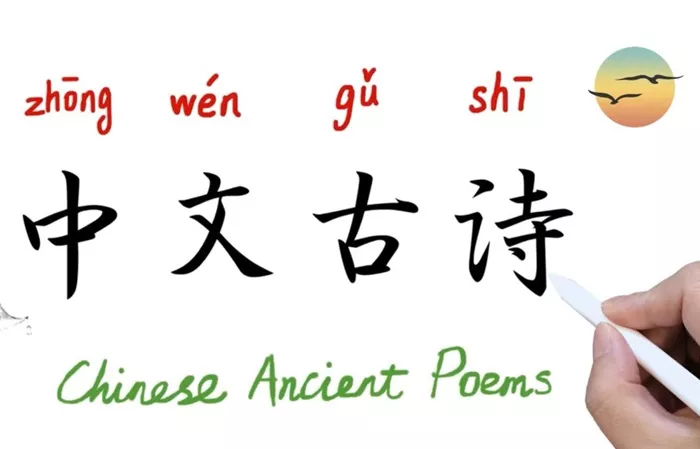Centuries-old Chinese poems are shedding new light on the dramatic decline of one of the world’s most endangered aquatic mammals, the Yangtze finless porpoise. In a new study published in Current Biology, a team of researchers has compiled and analyzed over 700 historical poems spanning 1,400 years to map the freshwater porpoise’s long-term habitat changes—revealing a staggering 65% reduction in its natural range.
Led by Zhigang Mei of the Chinese Academy of Sciences, the interdisciplinary team examined literary references from the Tang Dynasty (618–907 CE) to the Qing Dynasty (1636–1912) to reconstruct the historical distribution of the Yangtze finless porpoise (Neophocaena asiaeorientalis asiaeorientalis). Once commonly seen leaping and chasing fish along the Yangtze River and its tributaries, the species has suffered widespread habitat loss, particularly in the last century due to industrial development and dam construction.
“We’re connecting 2,000 years of Chinese culture with biodiversity,” said Mei, who grew up near the Yangtze. “Our work fills the gap between ancient records like fossils and modern population surveys. It shows how powerful combining art and science can be.”
Poetry as a Historical Record
The research team analyzed 724 classical Chinese poems, rigorously reviewing each for contextual and biographical accuracy to distinguish firsthand observations from artistic imagination. The largest volume of references to the porpoise came from the Qing era, with 477 poems, followed by the Ming Dynasty (177), Yuan (27), Song (38), and Tang (5).
Among the works was a woodblock-printed poem from Sancai Tuhui (“Compendium of the Three Powers”), compiled by Ming scholar Wang Qi (1573–1620). The text described detailed observations of porpoise behavior, such as surfacing patterns and maternal care, providing valuable insight into historical species interactions with the environment.
“Finless porpoises are easy to spot because they’re surface dwellers and become particularly active before thunderstorms,” Mei explained. “Their presence would have been visually striking—something poets couldn’t ignore.”
A Century of Rapid Decline
Using geographic clues embedded in the poems and matching them with the poets’ biographies, researchers charted changes in porpoise distribution over time. They found that the animal’s range along the main stem of the Yangtze River has declined by 33% since the Tang era, while its presence in connected lakes and tributaries has plummeted by 91%.
Most of the contraction occurred in the 20th century, coinciding with large-scale hydrological engineering projects, such as dam-building and riverbank reinforcement. These findings echo broader ecological studies that document the disappearance of other endemic Yangtze species, including the baiji dolphin and the Chinese paddlefish, both of which are now considered functionally extinct.
“Protecting nature isn’t just a scientific duty—it’s cultural,” Mei said. “Art, like poetry, builds emotional connections that can inspire conservation.”
Bridging Science and the Humanities
The researchers argue that historical literature holds untapped potential as an ecological archive. Beyond poetry, the team hopes to explore traditional novels, paintings, and other art forms to uncover further evidence of species distribution and behavior.
“This project changed how I see literature,” Mei added. “We’re not just reading poetry—we’re decoding ecological history. It’s like having a dialogue with past generations about the natural world.”
The study, titled “Range Contraction of the Yangtze Finless Porpoise Inferred from Classic Chinese Poems,” was co-authored by Yaoyao Zhang, Jiajia Liu, Shilu Zheng, Jianghua Wang, Kexiong Wang, Ding Wang, and Zhigang Mei. It appears in the May issue of Current Biology.

